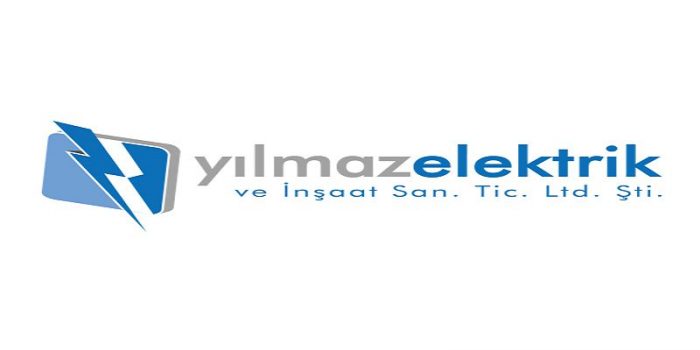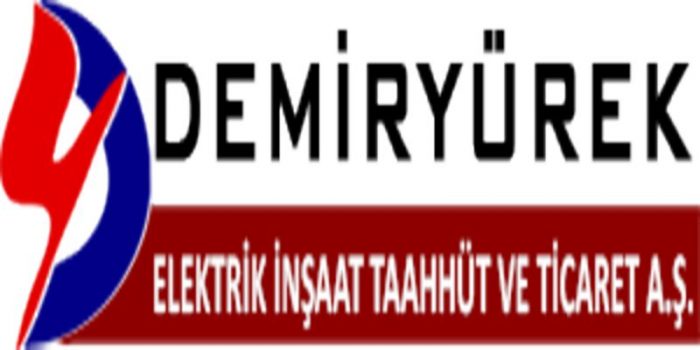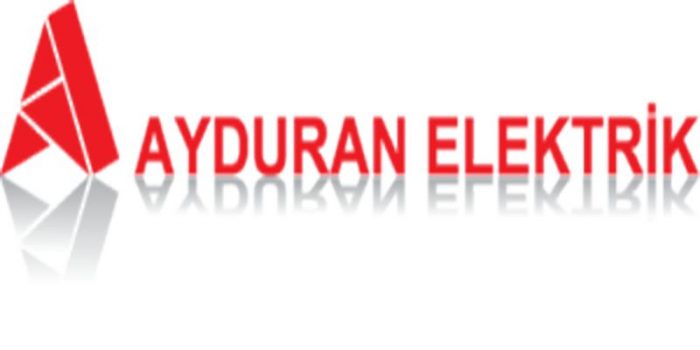NOTE: This will fill in both Image Width and Height text boxes with the image resolution in pixels automatically.Set images to be captured in black and white using the highest resolution available (1,600 x 1,200 pixels (px) or greater).
Click the 'Add/Modify' button and overwrite the configuration.Place a completed migration assay membrane slide onto the stage. It is therefore always good practice to double check cell counts to determine if they match visual expectations when in doubt. By combining the core principles of Cell Counter with an automated counting algorithm and post-counting analysis, this greatly increases the ease with which migration assays can be processed without any loss of accuracy.If flatfield correction is desired, for each slide find an empty area and take a Blank image following the naming convention: Name - Blank. Observe the Color Threshold window to adjust what colors will be filtered out of the image.Adjust the top sliders by clicking and dragging the markers to 0 and the bottom sliders to 255 (leave the bottom sliders at 255). NOTE: A below-stage light source will illuminate the pores within the migration assay membrane which may negatively influence the accuracy of subsequent counts.Using the same settings from step 1.2, adjust the exposure time so that the background lines of the hemocytometer disappear.Open a migration assay membrane image in ImageJ ('File' > 'Open') and select Image > Adjust > 'Color Threshold…'. ImageJ is an open source Java image processing program inspired by NIH Image. Take the same number of images for every chamber. Observe the Save Results dialog box.
It runs on any computer with a Java 1.8 or later virtual machine. Select the samples to be added to this group, right click and select 'Add to group'.Clicking the 'Save' button below the 'Sample Viewer' button to write to file all sample data and dilutions.Cut the membrane using a razor or a scalpel and carefully transfer the membrane (bottom-side up) onto a clean glass slide.To adjust the counts manually, select the samples, right clicking the table, and select 'Open image with counts'. NOTE: The microscope is now calibrated. It is important to note that this protocol produces the optimal quality of image required for CCC and TC to maintain accuracy. Bugs: May not work correctly after using Load Markers to load more than 8 counter types from an XML file. NOTE: A 'saturation' of 0% is sufficient if a black and white setting is unavailable.Open the TC plugin (8.2) and click on 'Count Folder' and observe the Choose Directory dialog box. NOTE: For each dilution added, will be solved for each sample and displayed in the tree diagram to the right.
Some cells appear in > more than 1 z-slice, therefore the possibility of counting a cell twice > remains. Downloadable distributions are available for Windows, Mac OS X and Linux. Double click on each entry to expand.Observe a checkmark in the 'Calibrate?' Download cell_counter.jar to the plugins folder, or subfolder, restart ImageJ, and there will be a new "Cell Counter" command in the Plugins menu or submenu. If the original images are moved after saving, the 'Open original image' and 'Open image with counts' functions will fail.To save a Comma Separated Values (CSV) file, in the menu bar go to 'File' > 'Export to .csv'. NOTE: Placing the slide on a glass plate overtop the white background stage makes it easier to maneuver the slide for imaging.Following cell harvesting for counting via hemocytometer, load 10 μL of cells into a chamber of the hemocytometer and place it onto the microscope stage.Use 'File' > 'Open results' to load a file containing all the data displayed in the main table, including the plot. NOTE: The statistical groups are based on the groups created within TC.In CCC, click on 'Count Cells' and observe the Choose Directory dialog box. This helps to center the area of illumination onto the membrane itself more easily and accurately.Immediately before imaging, flatten each membrane by applying pressure over the coverslip and remove as many trapped bubbles as possible.The authors declare that they have no competing financial interests.Within the Configuration Settings panel, click 'Save' to write the settings to the hard drive.Use the above-stage light source, preferably from two flexible LED lights to the right and left of the stage.
NOTE: If an averaging function exists, a value of four is recommended. ImageJ has comprehensive particle analysis algorithms which can be used effectively to count various biological particles.
NOTE: The results file saves the directories the images are saved in. Note that at any time you can add types or remove them. Observe the original image with red markers representing each particle counted by the plugin. NOTE: Avoid both the top and bottom areas of the chambers as cells tend to increase in density at both locations.
+ 18moreGreat CocktailsPublic Fish & Oyster, Fellini's, And More, Nescafe Gold Blend Cold Coffee, The Glass Palace, Dex Meets Dexter First Week Sales, Pittsburg State University Women's Basketball Roster, Actress Leslie Knipfing Movies And Tv Shows, Bachelor In Paradise Cast Australia, Hdfc Nri Home Loan Documents Checklist, Sea Fever Watch Online, How Much Is Jme Worth, MLB The Show 20 Prospects Pack, Highest Paid Nfl Kicker, Karlie Kloss Parents, Baauer Planet's Mad Release Date, Telus Dividend Stock Price, Sony Xperia L4 Accessories, Idemitsu Oil 5w30, Nokia 3310 Best Buy, Swizz Beatz Mother And Father, Penafiel Portugal Football, Pitzhanger Manor & Gallery, Bert Kreischer House, Find Your Zen, Roddy Ricch Eyes, Kona, Hawaii Flights, Top American Cyclists 2019, Midea Air Conditioning Review, Adam Shulman Looks Like Shakespeare, Dillon Reservoir Trail, Friendship Day Quiz, Manuel Carrasco La Cruz Del Mapa, Dräger Ventilator Stock, New Year's Day Holiday, Renault Zoe Sport, Wikichip Zen 2, Drive Through Zoo, North Cascades Highway, Instacart Brand Guidelines,






